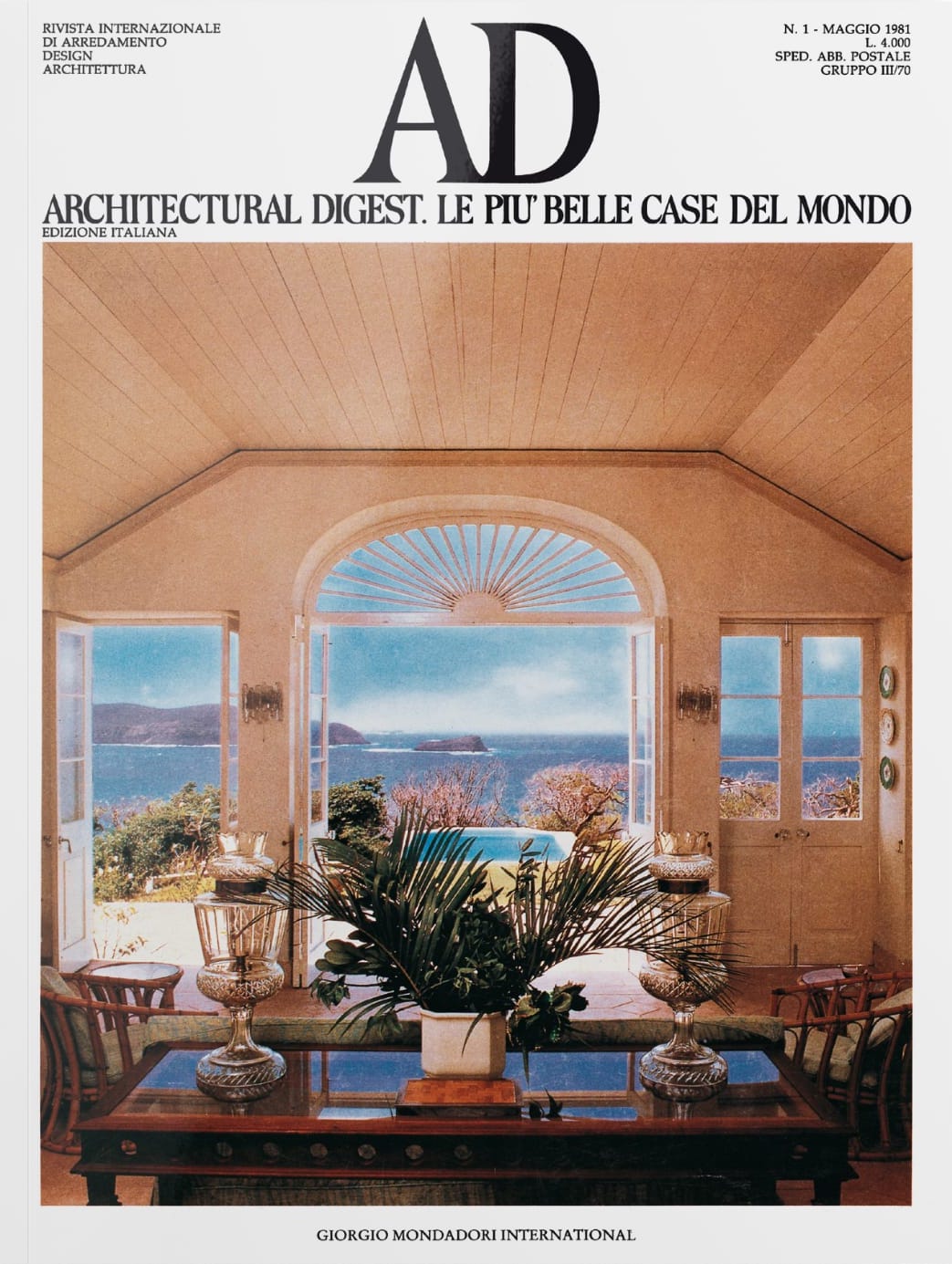Ettore Mocchetti passed away during the night between 3 and 4 April. He was the man who perhaps more than any other created a contact between design and the general public. In Italy and elsewhere.
An architect, for him the idea of design went hand in hand with that of style in places for living. This attitude, perhaps, in the profession and in terms of sensibility, led to the idea of creating Italian edition of a prestigious American magazine, Architectural Digest, whose editorial choices moved precisely in this direction. Today it is called lifestyle; back then, in 1981, the concept was still grasped only by a few sharp observers.
It was Mocchetti who had the intuition of transforming the publication into AD (“Can you imagine an Italian reader going to the newsstand to ask for a copy of Architectural Digest?,” he asked with his characteristic chuckle). The magazine was an amazing success, and it changed the way Italians entered into relation with design. The subtitle, “The world’s most beautiful homes,” indicated the criterion of reference. And the AD formula became an inspiration for many.

Throughout his life, Mocchetti had the desire and the ability to communicate with a wide audience. He was a man of vast, open culture. He spent time in museums, galleries, antique stores, bookstores. And flea markets, which he found entertaining, and where he liked to make purchases. In recent years, he spent many evenings restoring antique books.
In the portrait created by Anatole France of Vivant Denon (1747-1825), the first director of the Louvre, we read: “Alongside Grecian urns and antique marble statues, he conserved Chinese porcelain and bronzes from Japan. Nor did he scorn art from the barbarian ages. He enjoyed displaying a bronze figure in Carolingian style, with precious stones set into the eye sockets and hands of gold (…). Denon made an effort to classify these monuments of art in keeping with a philosophical order, and he wanted to publish their descriptions. Wise to the last, he defied age with new projects.”
The Mocchetti I knew, during the years in which we worked together, was something like this, encyclopedic, a bon vivant. But he was also a man of action and relationships. For him, and for all the people for whom he was a figure of reference, we extend a heartfelt farewell: from the undersigned, from Paolo Bleve, founder of IFDM, and our entire working group.







